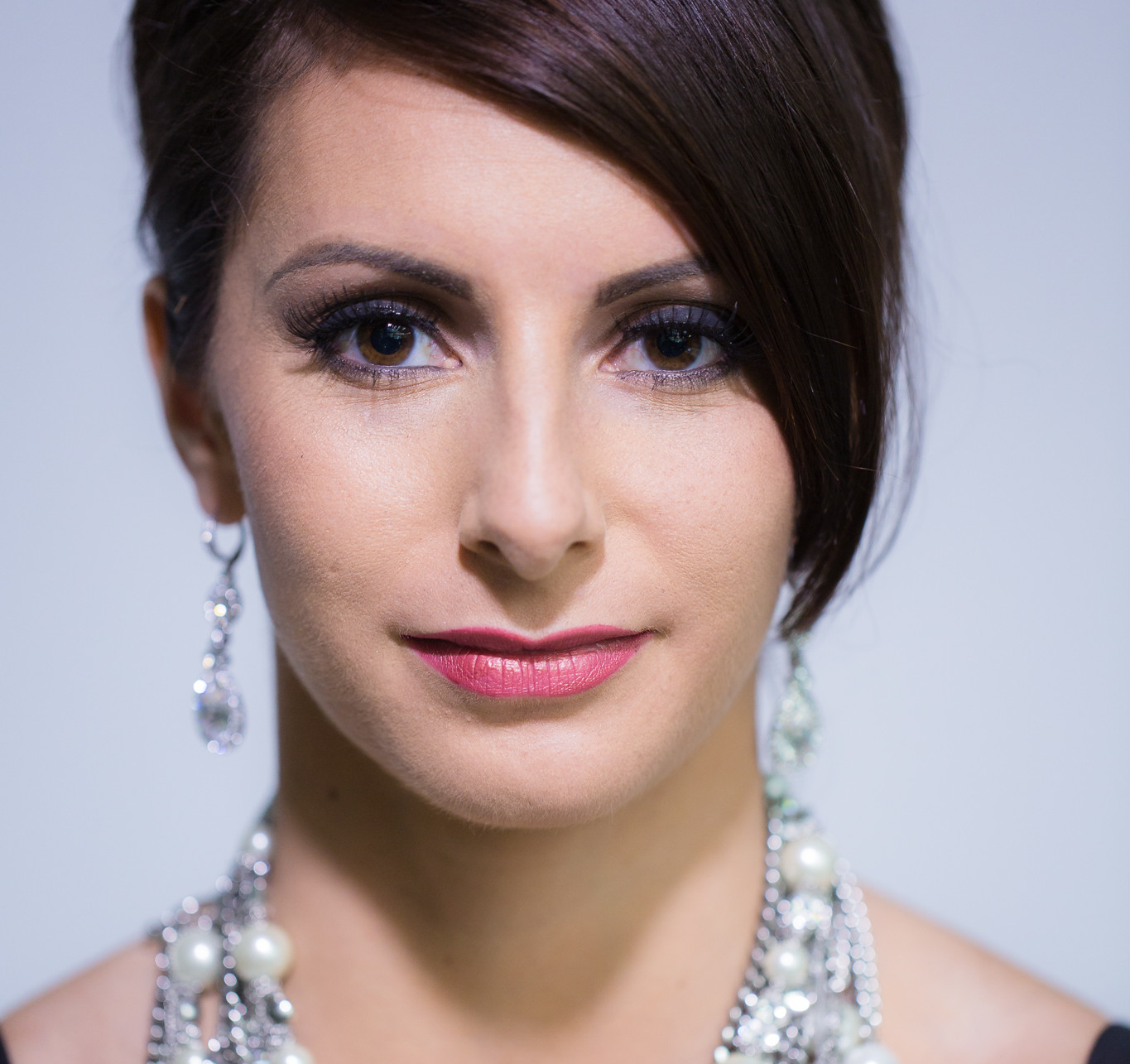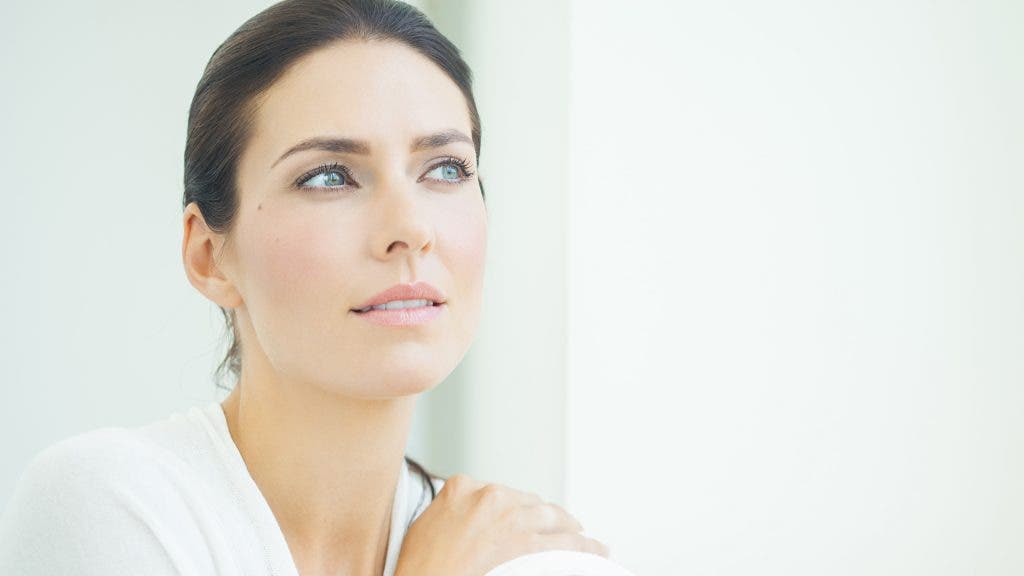Lighting can affect the camera techniques used throughout moving image, for example using light sources from the front or back of the shots helps in leaving areas of darkness between illumination by the backlight and can create shadows on actors faces such as in the movie schindlers list.
A small documentary would require an easily portable camera and microphone as well as enough portable lighting and spare memory cards. this will be because of the portability of the project a lot of equipment will not be needed but spares on battery's and memory space is paramount as the film makers will be on the move and wont have time to recharge often.
A talking head style interview would require a professional looking background/backdrop for your filming location, plenty of lighting to keep the person talking well lit and in focus and a tripod to keep the camera steady during long takes.
A night shoot could require the filmmaker to bring an excess amount of lighting and maybe reflectors in order to properly light the entire shot or at least what they want lit in the shot, However in doing this it will give your shots a colour cast. "Colour cast is an unwanted color shift in the whole image, which can be caused by reflected light from a nearby object. For example, many photos taken using flourescent lighting tend to have a greenish color cast." (Adobe Help, 2019). Colour casting can usually be edited out in post production to help reflect the natural lighting of a shot.

Before and after colour casting was removed during the post production phase (Adobe Help, 2019).
Rembrant Lighting
Rembrant lighting is a common lighting effect used in photoshoots due to its lack of equipment and professional looking finish, it is particularly used for portrait photoshoots. Rembrant lighting includes one half of the models face in full lighting while the side furthest away from the camera is typically in a light shadow, rembrant lighting usually includes a triangle of light around the shadows sides eye, the size of this triangle determines how perfect the rembrant lighting is, "To be a true Rembrandt lighting setup, the triangle of illuminated light should be no wider than the eye, and no longer than the nose." (Improve Photography, 2019)

Edge Lighting
For edge lighting you will only need a light with a stand or tripod to keep it still. Edge lighting blacks out the model during the shoot creating only a light rim around their figure, this is created by placing the flash behind the model facing at them. In doing this the flash will trigger during the photo creating the rim effect.

Butterfly lighting
Butterfly lighting is created when the lighting is placed dead centre to the models face. in doing this the full face of the model will be light creating a little butterfly shape shadow under the nose, but leaving the rest of the face fully lit.

High Key Lighting
High key lighting is created using large lights opposite the model just like in butterfly lighting and is used to connote positive feelings "High key lighting is a method often used in beauty and makeup commercials and in comedies. A high key look gives you fewer shadows and makes your talent look flawless and elegant. It produces an even amount of light that spreads across an entire scene. It’s also useful for producing food or product imagery when you need the light to be even across the entire scene."(Tanner Shinnick, 2019)

Low Key Lighting
Low key lighting is used within moving image in a darker way, typically being seen in horror films. To create the low key effect a single light is used that is typically located close to the model. This creates contrasting between the model and the dark background.
Source List
Adobe Help (2019) [Online]
Available from:
https://helpx.adobe.com/photoshop-elements/key-concepts/color-cast.html
Improve Photography, (2019) [Online]
Available from:
https://improvephotography.com/19250/rembrandt-lighting-awesome/
Tanner Shinnick ., (2019) What You Need to Know About High Key vs. Low Key Lighting [Online]
Available from:
https://www.premiumbeat.com/blog/high-key-vs-low-key-lighting/

No comments:
Post a Comment